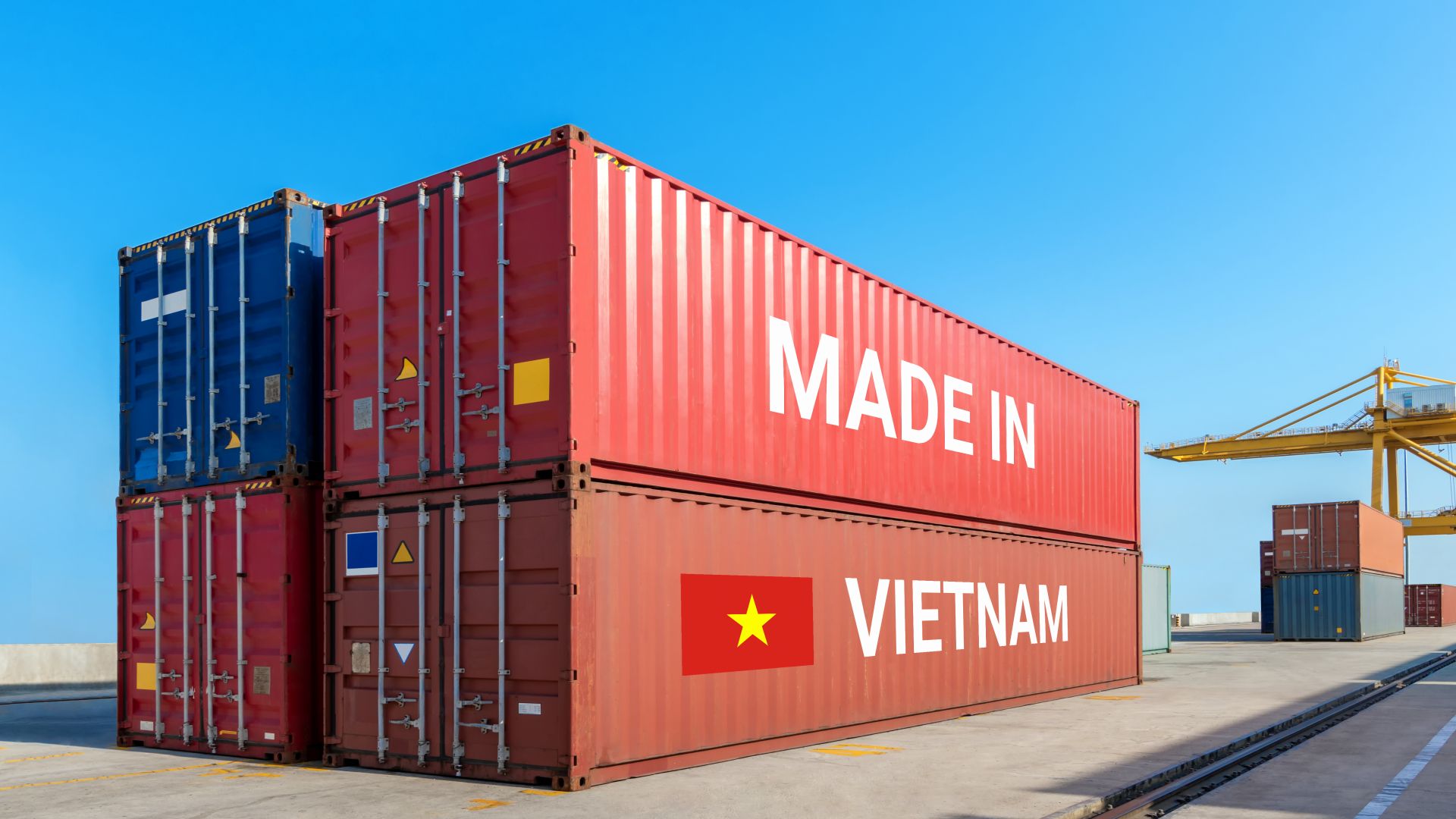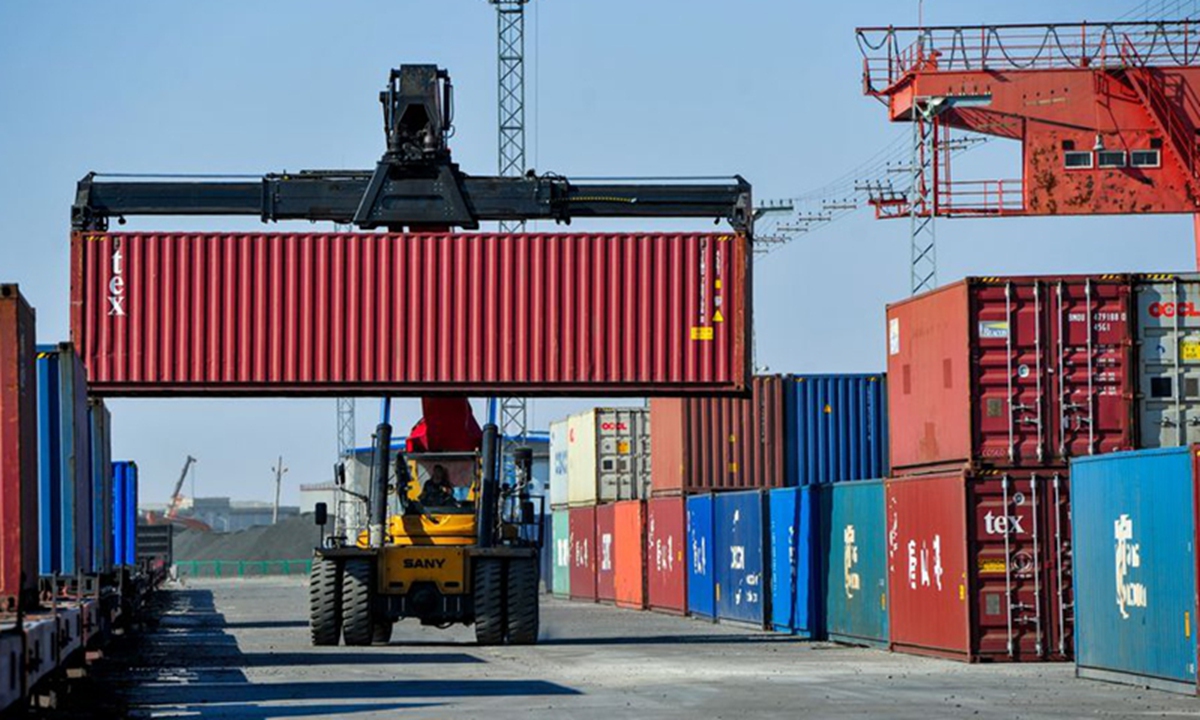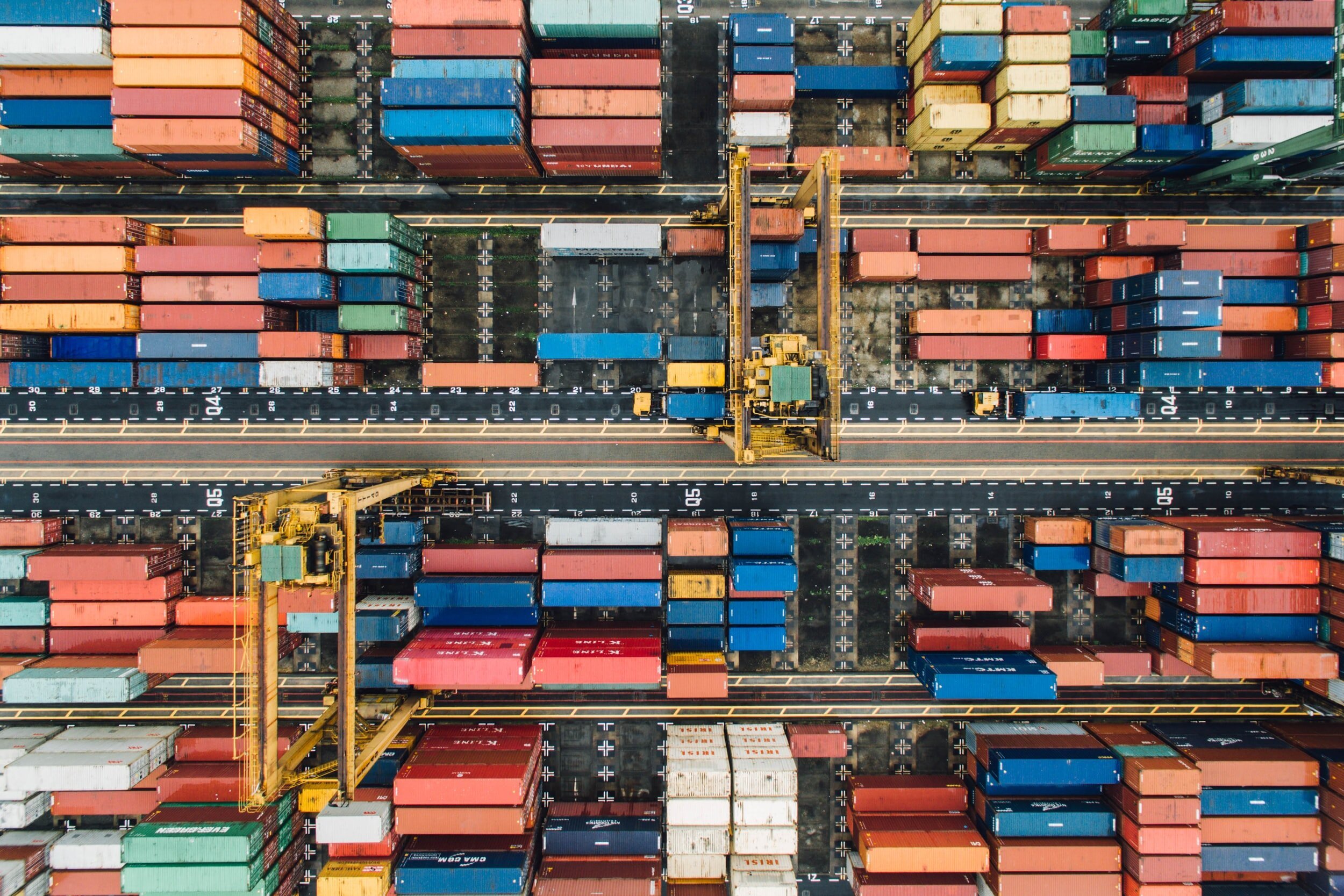India’s Trade Policy is Working Great for Vietnam 2023

India’s Trade Policy is Working Great for Vietnam 2023
Customs taxes in India can reach 22%, despite the country having few of these agreements of its own and a desire to imitate the regional industrial powerhouse.
the touch-screen display, the touch-screen assembly, the camera module, and the glass cover. They make up three-fourths of a smartphone’s bill of materials cost when purchased all at once.
These and the majority of other components are sourced from free-trade partners, where Vietnam, the second-largest exporter of mobile devices behind China, pays zero tariffs.
However, India, which has few of these agreements of its own but is nonetheless eager to imitate the industrial powerhouse in its neighbourhood, imposes customs taxes that can reach 22%.
As a result, According to India Cellular & Electronics Association’s 2023 comparison analysis of rates, manufacturing mobile phones in the country with the largest population today has a 4% cost disadvantage.
Even as it started paying assemblers for its numerous existing cost disadvantages, namely its subpar infrastructure and excessive red tape, India has purposefully added this additional hardship.
The so-called “production-linked incentives,” also known as PLI, guarantee to pay businesses 4% to 6% of their additional sales for a period of five years.
One way to look at this is that India is first hurting its ability to compete, and then it pays companies to locate plants there. Another viewpoint holds that the freebies are “supported through indirect revenue from increased indirect taxes from the same sector,” as the ICEA study states.
The decision-makers are certain that their course of action is brilliant. The PLI programme, which becomes effective in October 2020 for mobile phones, is being hailed as a success. Production has increased by more than 60% annually to $42 billion.

In comparison to practically nothing when Prime Minister Narendra Modi assumed office in 2014, $11 billion of this is exported. India used to be a net importer of portable gadgets but is now a net exporter.
The competition takes place elsewhere in Asia and is focused on semiconductors, the high-value engine behind transportation, artificial intelligence, and many other things.
Several nations, ranging from Thailand to Singapore and Malaysia, are now vying to move the manufacture of front-end chips from East to Southeast and South Asia.
India is attempting to climb that ladder through testing and packaging. While such intentions have yet to materialise, the nation is now Vietnam’s emerging competitor in a low-value-added industry like assembly electronics parts because to its affordable labour.
Multinationals have adjusted their ways of thinking as a result of the epidemic and President Xi Jinping’s deteriorating ties with the West.
Only a few weeks after they begin shipping from Chinese manufacturing, the Foxconn Technology Group facility in the southern Indian state of Tamil Nadu is getting ready to export iPhone 15s, according to a Wednesday report by Bloomberg News. Apple Inc.

And other companies are wary of placing an undue reliance on the People’s Republic to meet global demand. India now has a once-in-a-generation opportunity to take over the supply chain as a result of their pursuit of a China+1 strategy. Thanks to Samsung Electronics Co., Vietnam’s phone exports increased by six times last year compared to other South Asian countries. This is the distinction that New Delhi seeks to bridge.
This objective, however, may be compromised if correlation and causation are confused. Government ministers are fiercely denouncing those who dared to question the rationality of the tariff-subsidy combination just because a shift in the country’s fortunes seemed to have occurred despite a push towards protectionism.
According to the official position, exporters won’t complain about India’s cost disadvantage over Vietnam as long as they can recoup the tariffs on imported components because they are receiving large PLI incentives.
On the basis of this reasoning, the Modi administration declared in 2018 a “calibrated departure” from more than 20 years of increased trade openness and increased import taxes on mobile phones from 15% to 20%.
The work on that project has not stopped. The tax on the manufacturing and display of printed circuit boards increased by 11 percentage points in 2020.
The government budget for this year eliminated the tax on camera lenses. That hasn’t really changed much. The cumulative rise from three years of revisions still amounts to approximately 5.6% of the bill of materials, or 3.6% of a phone’s overall cost, as the ICEA analysis demonstrates.

The impact of the rupee’s 11% fall against the dollar since the beginning of last year, which is twice as much as the decline in the Vietnamese dong, would make Indian-made phones more than 4% less competitive, according to the ICEA.
Due to the fact that the 1.4 billion customers in India are bearing this expense, it may not be reflected in export performance. Amidst increasing inflation, more expensive imports are affecting local demand. If component producers can sell whatever they produce in their local market at a premium price while being protected by tariffs, they have no motivation to become internationally competitive.

Meanwhile, exporters have every justification for continuing to import parts while claiming tariff exemptions. Self-reliance may just be a marketing gimmick used to lure customers into buying the programme. Raghuram Rajan, a University of Chicago economist and a former governor of the Indian central bank, has demonstrated that the nation may now be a greater net importer than it was previously after adding significant phone-related components.
The tariffs are based on overall costs, but the PLI incentives are based on incremental production. The increased responsibilities would hurt when the gifts inevitably stop.
The history of India is rife with examples of overzealous governmental control. Building protective barriers hasn’t been successful in the past. Even today, it may be difficult for India to become the next global factory due to high tariffs and a recently implemented licence requirement on imported desktops, laptops, and tablets. This step reeks of bureaucratic desperation, as my colleague Tim Culpan has highlighted.
As of 2023, India’s trade policy has been increasingly geared towards liberalization, diversification, and fostering closer ties with the Southeast Asian region.
One country that has been reaping the benefits of this policy pivot is Vietnam. The bilateral trade relationship between India and Vietnam has been burgeoning, thanks to the strategic interests and policy alignment of both countries. In this article, we explore how India’s trade policy is benefiting Vietnam, thereby shaping a win-win economic partnership for the future.
To appreciate the current trade dynamics, it’s important to glance at the historical context.
India and Vietnam have shared cordial relations since diplomatic ties were established in 1972. However, the economic relationship took a significant turn in the last decade, specifically with the signing of the ASEAN-India Free Trade Area agreement in 2010, which Vietnam is a part of.

India’s “Act East Policy,” aimed at strengthening relations with the countries in Asia-Pacific, has been instrumental in propelling the trade relationship with Vietnam. As Vietnam is a key player in the ASEAN, increased engagement under this policy has provided a boost to various sectors.
India has provided tariff concessions on various products like seafood, garments, and machinery that are of significant export interest to Vietnam. This has helped Vietnamese exporters gain better market access in India.
Talks about a Comprehensive Economic Partnership Agreement (CEPA) between the two nations are under progress. Once implemented, it will provide a more stable and regulatory-friendly environment for bilateral trade.
Indian investments in Vietnam’s infrastructure, particularly in ports and shipping, have enabled Vietnam to augment its export capabilities. This has been a multiplier in the trade equation.
Vietnam’s textile industry has been booming, and the lowered tariffs and better market access in India have contributed to its success.
India’s growing demand for electronics and machinery has led to a rise in Vietnamese exports in this sector. Many Vietnamese companies are now considering setting up manufacturing facilities in India to cater to local demand.
India’s huge market has been lucrative for Vietnamese agricultural and seafood products. Dragon fruit, coffee, and shrimp are some of the key export items to India.

India’s expertise in generic pharmaceuticals has found a market in Vietnam, and the exchange is mutual with Vietnam offering herbal extracts and traditional medicines.
Macro-Economic Indicators
- Bilateral trade has seen a consistent growth rate of around 12-15% year-on-year since 2018.
- Vietnam is now one of India’s top 20 trading partners.
- FDI flows from India to Vietnam have increased by over 25% in the past three years, making India one of the top investors in Vietnam.
While the overall picture seems favorable, there are some challenges such as:
- Regulatory bottlenecks
- Cultural differences affecting business practices
However, these are dwarfed by the opportunities that better cooperation could yield, including joint ventures and technology transfer.

India’s current trade policy, marked by increased openness and regional focus, has proven to be extremely beneficial for Vietnam. The dynamics are not just confined to trade but are also leading to enhanced investment flows and broader geopolitical cooperation.
If current trends and strategic interests are anything to go by, the India-Vietnam trade relationship is not just advantageous for both countries but also signifies an emerging axis of economic power in the Asian landscape.



